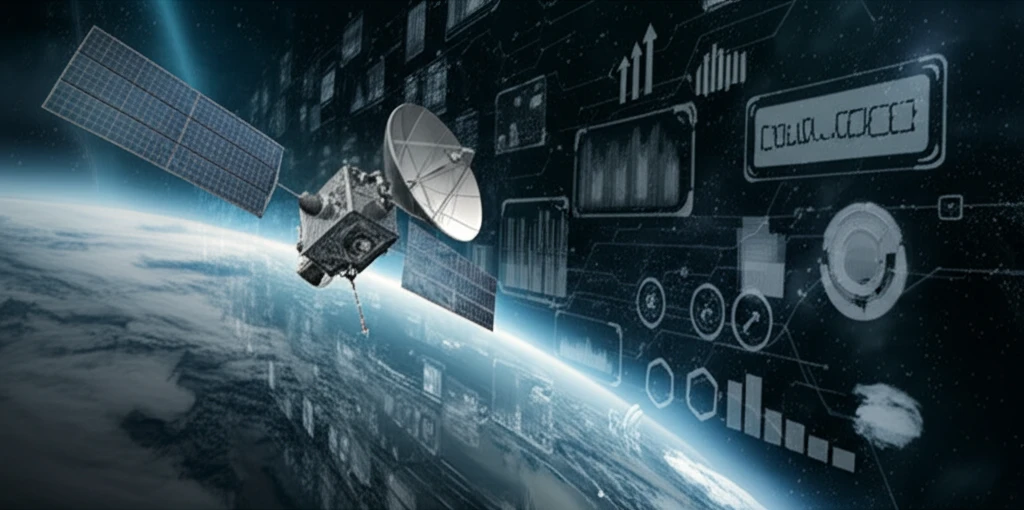
Spacecraft Guardians: How Advanced Observers Are Revolutionizing Satellite Control
"A breakthrough in spacecraft control systems promises enhanced reliability and precision through innovative fault estimation techniques."
In an era where satellite technology is integral to our daily lives, from communication to weather forecasting, ensuring the reliability and longevity of spacecraft is paramount. As control systems grow increasingly complex, they become more susceptible to failures in sensors, actuators, and other critical components. These failures can lead to a degradation in performance, or worse, complete system instability.
To combat these challenges, researchers are constantly developing advanced fault estimation and fault-tolerant control technologies. These innovations aim to quickly identify and mitigate issues, maintaining system stability and ensuring optimal performance. Among the most promising solutions is the use of observers, which provide real-time estimates of a system's state and potential faults.
A recent study published in the International Journal of Robust and Nonlinear Control introduces a novel sth-order observer designed specifically for linear systems. This breakthrough promises significant improvements in the state and fault estimation of spacecraft control systems, offering a more robust and adaptable approach to maintaining satellite functionality.
What is a sth-Order Observer and Why Does it Matter for Spacecraft?

The study introduces a novel sth-order observer designed to estimate faults in linear systems. Unlike traditional methods, this observer offers several key advantages, making it particularly well-suited for the demanding environment of spacecraft control:
- No Observer Matching Condition Required: Traditional methods often need stringent conditions that are hard to meet.
- Handles Unknown Fault Derivatives: Can estimate states and faults even if the rate of change of the fault is not fully known.
- Simultaneous State and Fault Estimation: Estimates both the system's condition and any faults at the same time.
- Mathematical Guarantee: Provides a clear mathematical condition (using a Linear Matrix Inequality) to ensure the observer works correctly.
The Future of Spacecraft Control: Enhanced Reliability and Mission Assurance
The development of this novel sth-order observer represents a significant step forward in the field of spacecraft control. By eliminating the need for strict observer matching conditions and providing a robust method for simultaneous state and fault estimation, this technology promises to enhance the reliability and resilience of satellite systems. As we become increasingly reliant on space-based infrastructure, innovations like these will be crucial for ensuring the continued functionality and accuracy of the satellites that power our modern world.
